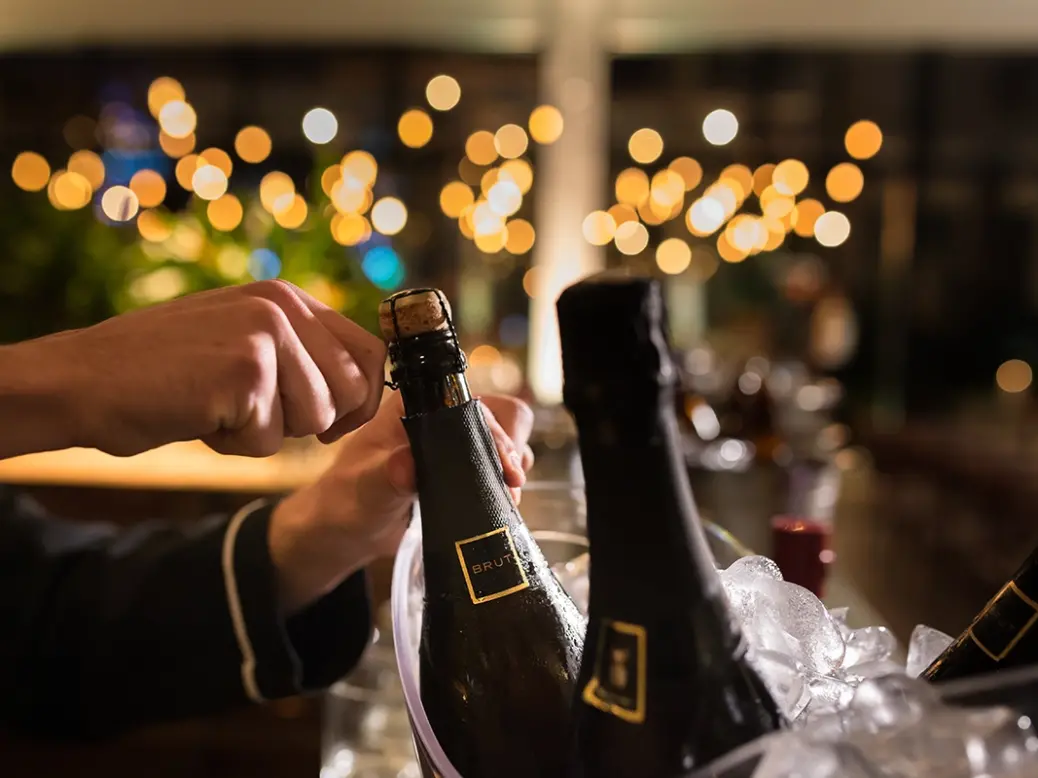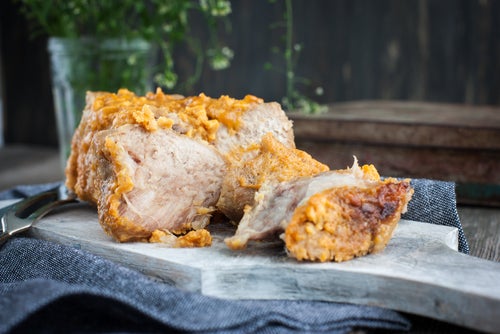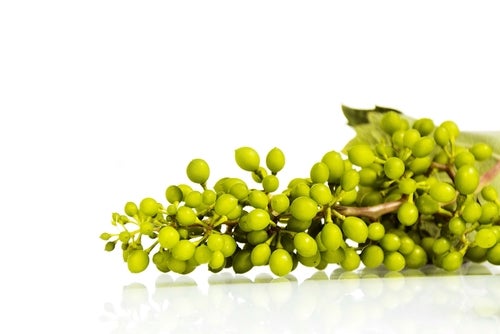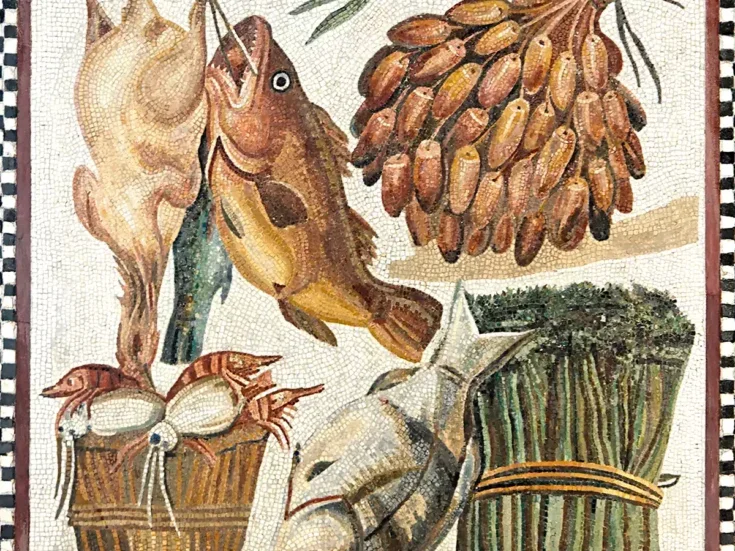
When bubbles first began to burst bottles, the winemakers of the Champagne region considered it a fault. Centuries later, bottles can withstand the pressure of fermentation, and fizz is widely celebrated (and celebratory). Yet Champagne’s signature bubbles continue to pose challenges.
For it is the bubbles that mark Champagne out as an aperitif, and its status as an aperitif that make people so hesitant to open a bottle—will we really get through a whole bottle during cocktail hour? The threat of flatness hedges it in further: As one of the more expensive drink choices, it is to be savored on the night of opening, not half-flat the day after.
But to limit Champagne only to pre-dinner-drinks is to deny its full potential, and the foods that it complements are not limited to canapes and nibbles. The following list of some of the best Champagne pairing is designed to extend what you may consider to be its reach and, since propriety warns against drinking in the early hours, at least take you from afternoon to night.
What are the best foods to pair with Champagne?
Cakes
Hotel afternoon teas almost always come with the option of ordering a glass champagne alongside—there is no reason that a homemade cake or sweet-treat shouldn’t be awarded the same honor. Champagnes—like the extra brut from Frerejean Freres—often have fruity and buttery undertones that harmonize with flavors used in baking, but they also have an acidity that balances out sweetness and makes them an ideal complement to a lemon drizzle or a strawberry shortcake.
Smoked Salmon Blinis
A somewhat obvious suggestion, but a classic for a reason: Champagne works very well with the delicate flavors of fish, and its aforementioned acidity works to relieve some of the fattiness of the cream cheese. Blinis are also bite-sized, which ensures that nobody will have to juggle flute in one hand, food in the other, for more than a moment.
Pâté
Having sailed through afternoon-snack and aperitif hour, we have now reached the point where most readers might be reaching for a still wine. But stick with us: Champagne can continue to serve. The butter-i-ness of a pâté, whether chicken liver, duck, or pork, would pair gorgeously with a sec Champagne, with the richness of the one complementing the sweetness of the other.
Duck
Like salmon, duck’s delicacy works well with Champagne, ensuring its delicate flavors are not overpowered. Joanna Simon, writing for us in 2023, suggests serving “duck, perhaps with a blackberry and port sauce” alongside Rosé Champagne due to their similar flavor profiles: The Pinot Noir grapes used in Rosé Champagne endow it with the aromas of dark berries, hence the blackberry, and the use of red wine grapes keep it from clashing with port. A cherry sauce, which is what Delia Smith suggests serving with duck, would also work beautifully.
Tiramisu
Again, subtlety is of the essence when choosing a dessert to pair with Champagne. GH Mumm recommends their RSRV Blanc de Noirs Millésimé alongside a tiramisu, since the Champagne’s topnotes echo the toasted tones of chocolate. Equally, the dryness of an extra brut Champagne would cut through the fat in the cream and mascarpone. Some extra brut is even designed to be drunk alongside food.
A Cheese Board
True to its surprisingly versatile form, Champagne can take diners all the way through to the cheese course. As with pâté, sec Champagne is perhaps best, since the sweet flavors act as a foil for the punchiness of cheese: a similar effect to adding a chutney. If you plan on serving saltier or creamier cheeses, however, go for a brut.
I hope that this piece has provided some inspiration as to the multitude of ways that Champagne can be drunk: it truly is a drink that deserves a seat at the table.
Read more: The best aperitif food pairings






